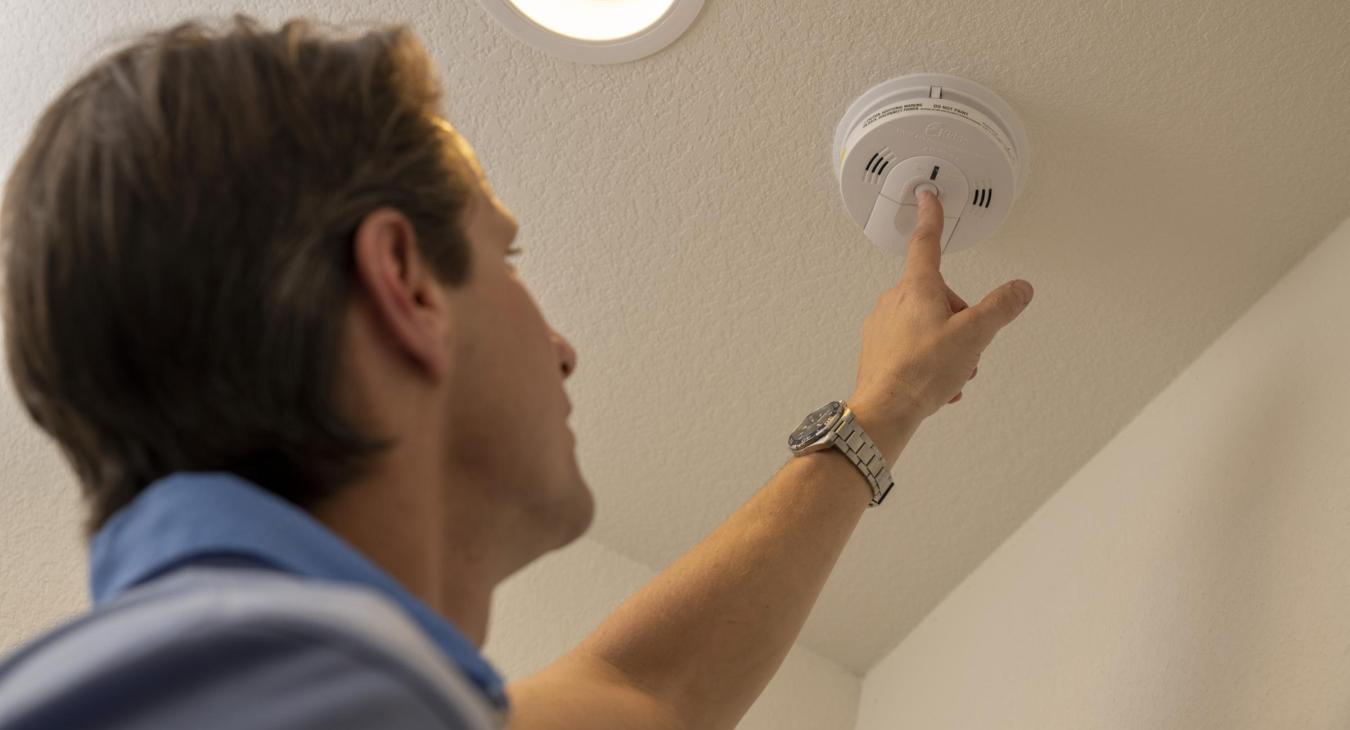Home fires remain the most common disaster in the United States, yet many Americans underestimate their risk. The American Red Cross responded to more than 74,000 disasters last year, with a staggering 93 percent being fire-related. These numbers continue to rise, highlighting the urgent need for increased awareness and preparedness.
The prevalence of home fires has increased by eight percent since 2000, with the American Red Cross responding to 10 percent more fires today than just six years ago. The financial impact is significant as well, with the average home fire costing more than $17,000 in 2006. Despite these alarming statistics, 80 percent of Americans are unaware that home fires are the most common disaster nationwide.
One of the most concerning aspects of home fires is the lack of preparedness among families. Only 26 percent have developed and practiced a home fire escape plan, putting many lives at unnecessary risk. Fires claim more lives annually than all natural disasters combined, affecting individuals from all backgrounds and geographic locations. In 2006, a home fire was reported every 80 seconds, and someone lost their life to a fire every 204 minutes.
Certain demographics are disproportionately affected. Children under five and adults over 65 are more than twice as likely to die in a home fire compared to the general population.
The leading cause of home fires is cooking-related incidents, with two-thirds originating from the range or stove. Heating fires follow as the second leading cause, while smoking remains the leading cause of fire-related deaths.
Prevention and preparedness measures can significantly reduce fire-related casualties. Installing both smoke alarms and sprinkler systems can lower the risk of dying in a home fire by 82 percent. Additionally, carbon monoxide, a silent killer, claims over 200 lives annually due to faulty fuel-burning appliances, including furnaces, water heaters, and room heaters.
Home fires are a growing crisis, but with increased awareness, preventative measures, and preparedness, lives can be saved. Families should take immediate action by installing smoke alarms, maintaining heating and cooking appliances, and creating a fire escape plan. By taking these steps, we can reduce the devastating impact of home fires and protect our communities from unnecessary tragedy.
The Rising Threat of Home Fires

